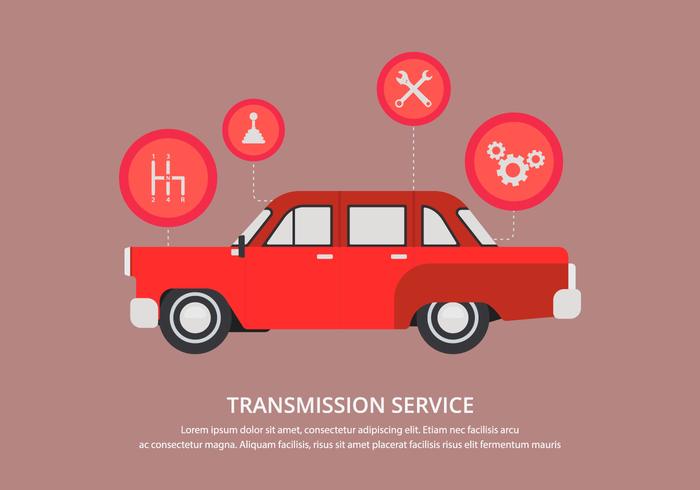When you're behind the wheel, those beautiful warning lights on your dashboard can be a bit perplexing. Do you know what they're attempting to inform you concerning your automobile's health and wellness? Recognizing the value of these lights is vital for your safety and security and the durability of your car. So, the next time one of those lights turns up, would not you intend to understand its message precisely and take the required actions to resolve it?
Common Caution Lighting and Interpretations
Determine usual warning lights in your vehicle and comprehend their definitions to guarantee risk-free driving.
https://www.ratchetandwrench.com/articles/12410-5-tips-for-managing-difficult-employees include the check engine light, which signifies problems with the engine or emissions system. If this light comes on, it's critical to have your vehicle checked promptly.
The oil pressure alerting light indicates low oil pressure, needing immediate interest to avoid engine damages.
A blinking battery light could recommend a malfunctioning billing system, possibly leaving you stranded otherwise dealt with.
The tire stress tracking system (TPMS) light notifies you to reduced tire pressure, influencing lorry stability and fuel effectiveness. Neglecting this might lead to harmful driving conditions.
The abdominal muscle light indicates a problem with the anti-lock stopping system, jeopardizing your capacity to quit quickly in emergencies.
Last but not least, the coolant temperature warning light warns of engine overheating, which can result in extreme damages otherwise dealt with quickly.
Understanding these typical caution lights will assist you resolve issues immediately and keep secure driving problems.
Value of Prompt Focus
Understanding the common caution lights in your vehicle is just the primary step; the importance of quickly addressing these cautions can not be stressed enough to guarantee your safety when driving.
When a warning light illuminates on your dashboard, it's your cars and truck's means of connecting a potential concern that requires attention. Neglecting these warnings can bring about much more extreme problems in the future, jeopardizing your safety and potentially costing you more out of commission.
Motivate attention to cautioning lights can protect against malfunctions and mishaps. As an example, a blinking check engine light can suggest a misfire that, if left ignored, can cause damage to the catalytic converter. Addressing this promptly can save you from a pricey repair.
Likewise, a brake system alerting light may signify reduced brake liquid or worn brake pads, important components for your safety when driving.
DIY Troubleshooting Tips
If you notice a caution light on your dashboard, there are a few do it yourself repairing suggestions you can try prior to seeking specialist aid.
The first step is to consult your car's manual to recognize what the particular warning light suggests. Occasionally the concern can be as straightforward as a loosened gas cap causing the check engine light. Tightening the gas cap may settle the problem.
An additional common issue is a reduced battery, which can cause numerous advising lights. Checking the battery connections for rust and ensuring they're protected might repair the problem.
If a caution light continues, you can attempt resetting it by disconnecting the car's battery for a couple of minutes and then reconnecting it. Furthermore, checking your lorry's fluid degrees, such as oil, coolant, and brake fluid, can assist fix warning lights related to these systems.
car washes open near me
To conclude, understanding your auto's caution lights is necessary for maintaining your automobile running efficiently and safely. By promptly dealing with these notifies and knowing what they mean, you can prevent expensive repairs and prospective failures.
Keep in mind to consult your car's handbook for certain information on each cautioning light and take action appropriately to make certain a hassle-free driving experience.
Remain informed, stay risk-free on the road!
